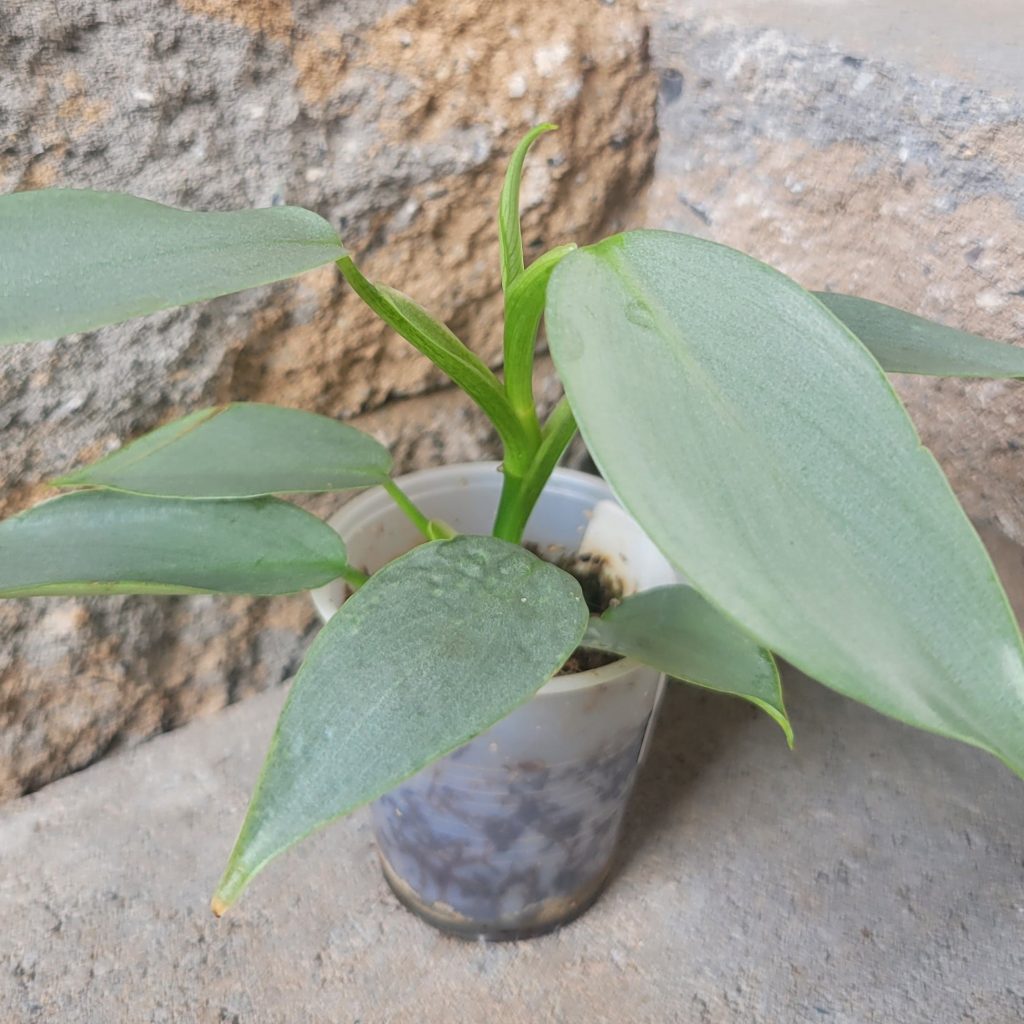Philodendron Silver Sword, also known as Philodendron Hastatum, is a stunning plant with unique silver-grey foliage. This exotic plant is native to South America and is becoming increasingly popular among houseplant enthusiasts. However, caring for this beautiful plant may seem tricky to some, especially for beginners. In this article, we will delve into the world of Philodendron Silver Sword care and provide you with all the necessary information to ensure your plant thrives.
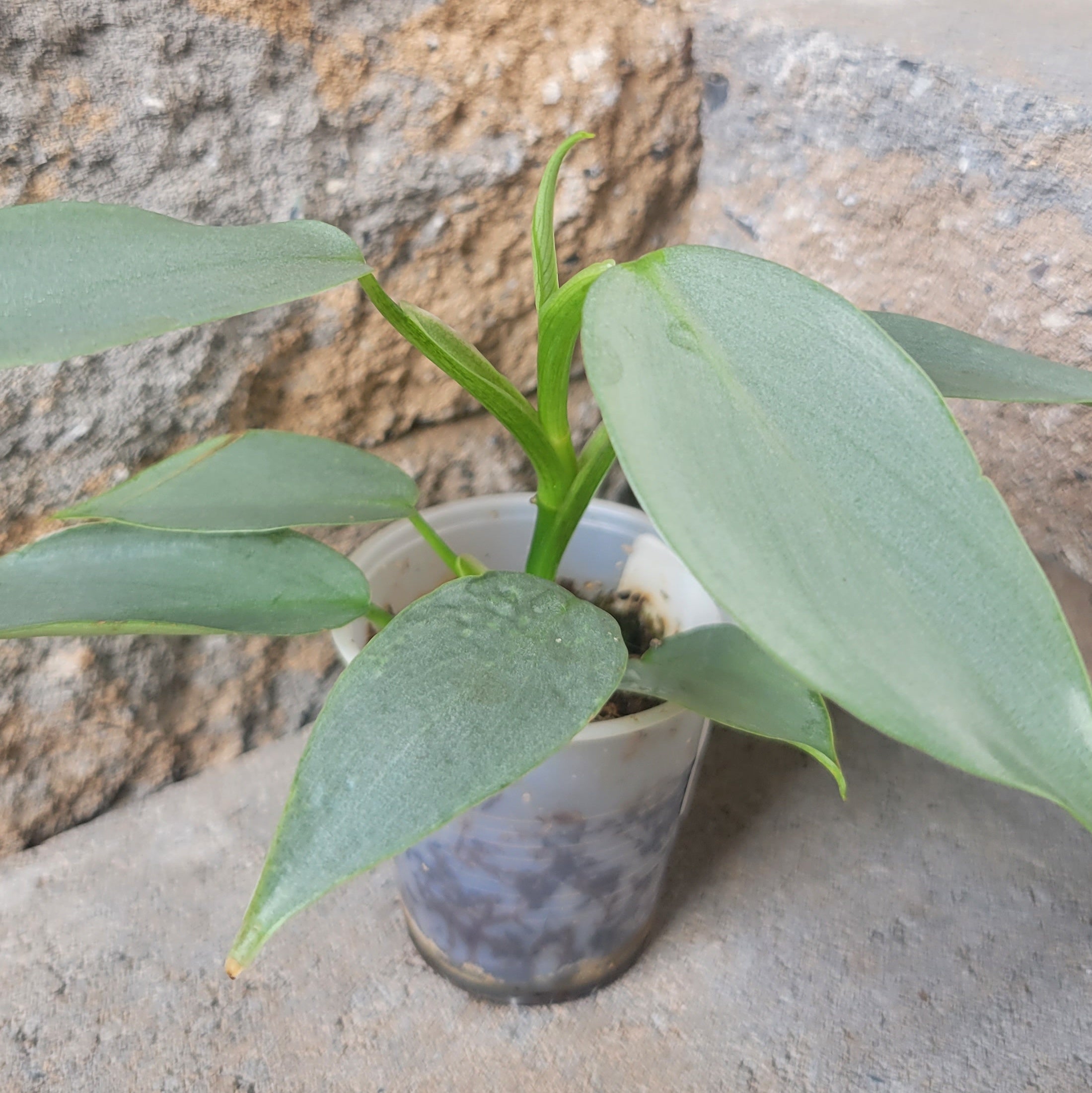
Overview of Philodendron Silver Sword
- Native to South America
- Part of the Araceae family
- Can grow up to 3 feet tall indoors
- Needs bright, indirect light
- Prefers well-draining soil and high humidity
- Non-toxic to pets and humans
Now that we have an overview of this plant let’s dive into the details of its care.
1. Proper Lighting
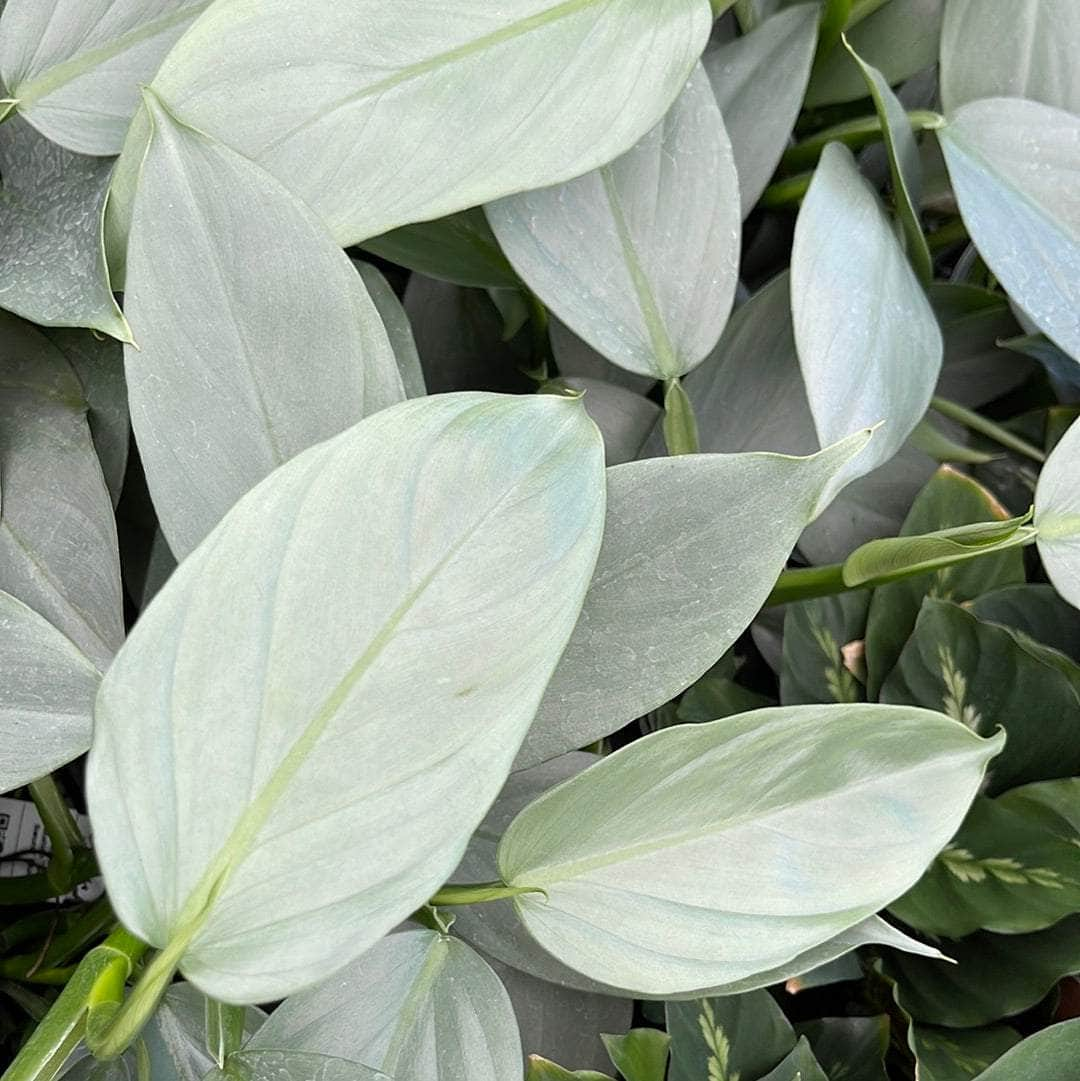
Sunlight Requirements
Philodendron Silver Sword needs bright, indirect light to thrive. Direct sunlight can scorch its delicate leaves, while low light can cause it to become leggy. Place your plant in a spot where it receives bright, indirect light for at least 6 hours a day.
Signs of Improper Lighting
- Leaves turning yellow or brown
- Stunted growth
- Leggy stems
- Plant leaning towards the light source
If you notice any of these signs, it’s an indication that your plant is not receiving enough light and needs to be moved to a brighter spot.
Tips for Providing Adequate Lighting
- Rotate your plant regularly to ensure even growth.
- Use sheer curtains or blinds to filter the light if it’s too bright.
- If natural light is limited, consider using artificial grow lights to supplement.
- Avoid placing your plant near drafts or air conditioning vents as it can cause the leaves to dry out.
2. Ideal Soil and Watering
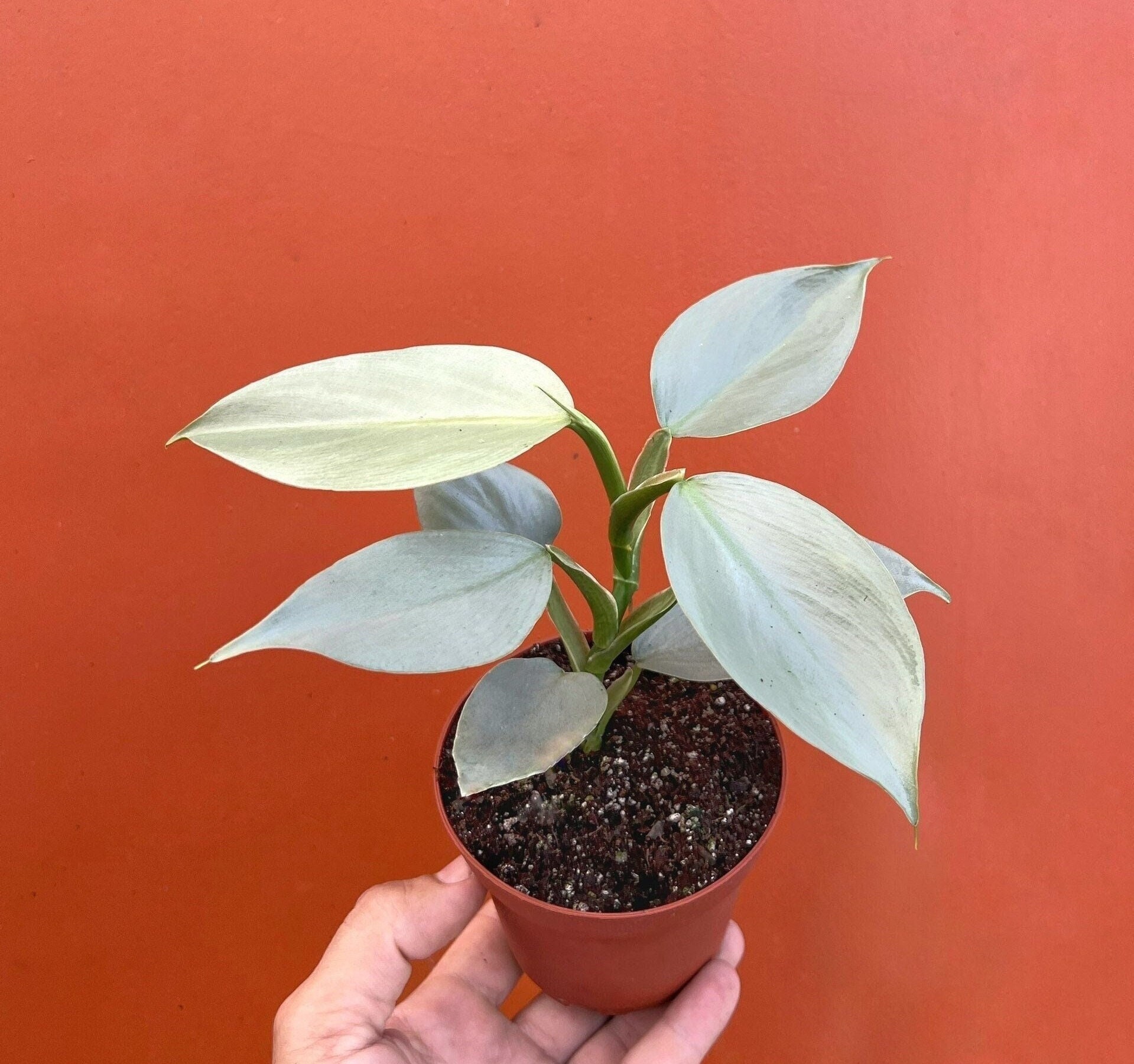
Soil Requirements
Philodendron Silver Sword prefers a well-draining soil that retains moisture but does not become waterlogged. A mix of peat moss, perlite, and potting soil works well for this plant. Avoid using regular garden soil as it can lead to root rot.
Watering Guide
When it comes to watering, the key is balance. Overwatering leads to root rot, while underwatering causes the leaves to turn brown and crispy.
- Check the first inch of soil before watering. If it feels dry, it’s time to water.
- Water thoroughly until water drains out of the bottom of the pot.
- Allow the top 2 inches of soil to dry out before the next watering.
- During winter, reduce watering frequency as the plant goes into a dormant state.
Humidity Needs
Philodendron Silver Sword thrives in high humidity levels, ideally between 60-70%. Low humidity can cause leaf browning, while too much humidity can lead to fungal diseases.
- Use a humidifier to increase humidity levels.
- Group your plants together to create a microclimate.
- Mist the plant regularly, especially during dry winter months.
- Place a tray filled with pebbles and water under the plant to create a humid environment.
3. Fertilization and Pruning
Fertilizer Guide
Philodendron Silver Sword does not require frequent fertilization. However, occasional feeding will encourage lush growth. Use a balanced liquid fertilizer diluted to half strength every four weeks during the growing season.
Pruning Tips
Pruning is essential for keeping your Philodendron Silver Sword looking neat and healthy. Here are some tips for proper pruning:
- Use clean, sharp scissors or shears to avoid damaging the plant.
- Remove any yellow or brown leaves to prevent the spread of diseases.
- Cut off any leggy stems to encourage bushier growth.
- Trim back any dead or damaged roots when repotting.
4. Repotting and Propagation
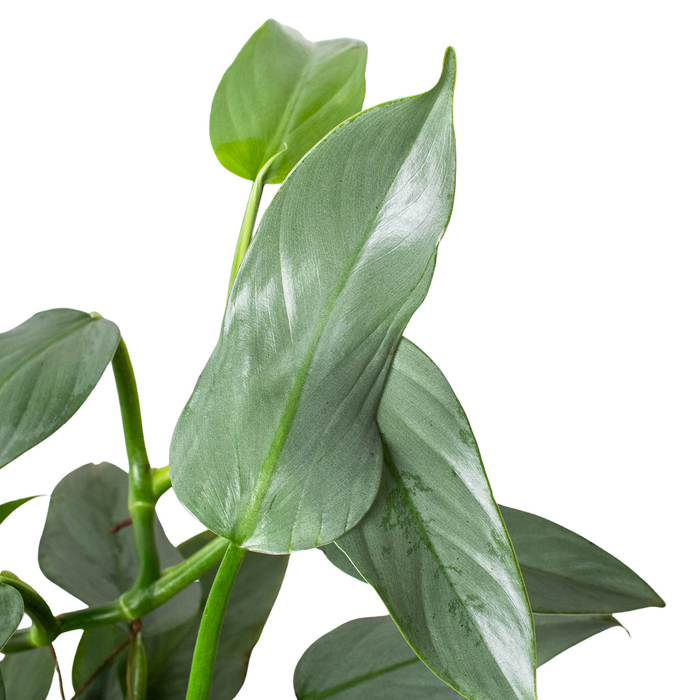
Repotting Guide
Philodendron Silver Sword does not require frequent repotting and can thrive in a slightly root-bound state. However, if you notice the plant has outgrown its pot or the soil is no longer retaining moisture, it’s time to repot.
- Use a pot one size up from the current one.
- Add fresh, well-draining soil and gently remove the plant from its old pot.
- If the plant has become rootbound, gently loosen the roots before repotting.
Propagation Methods
There are two main ways to propagate Philodendron Silver Sword – stem cuttings and division.
Stem Cuttings
- Choose a healthy stem with at least two nodes.
- Cut just below a node using clean, sharp scissors.
- Place the cutting in water and change the water every few days.
- Once roots have formed, transfer the cutting to a pot with well-draining soil.
Division
- Carefully remove the plant from its pot and gently separate the roots.
- Cut any unhealthy or damaged parts.
- Plant each division in a separate pot with fresh soil.
5. Common Pests and Diseases
Pest Control
Although Philodendron Silver Sword is a hardy plant, it is still susceptible to pests such as spider mites, mealybugs, and thrips. To prevent an infestation:
- Inspect your plant regularly for any signs of pests.
- Isolate any infected plants to prevent the spread.
- Use an insecticidal soap or neem oil to get rid of the pests.
Disease Prevention
The most common disease among Philodendron plants is root rot, which is caused by overwatering. To prevent this disease:
- Ensure proper drainage in the soil.
- Avoid overwatering and allow the topsoil to dry out before watering again.
- Use sterile tools when pruning or propagating to prevent the spread of any diseases.
FAQs
1. Is Philodendron Silver Sword toxic to pets?
No, Philodendron Silver Sword is non-toxic to pets and humans. However, it’s always best to keep your plants out of reach of curious pets and children.
2. How often should I fertilize my Philodendron Silver Sword?
Fertilize your plant every four weeks during the growing season with a balanced liquid fertilizer diluted to half strength.
3. Should I mist my Philodendron Silver Sword?
Yes, misting will help increase humidity levels, which is beneficial for this plant. However, if you live in an area with high humidity, misting may not be necessary.
4. How can I tell if my plant needs more light?
If your Philodendron Silver Sword is turning yellow or brown, stunted in growth, or leaning towards a light source, it’s an indication that it needs more light.
5. Can I grow Philodendron Silver Sword outdoors?
Yes, Philodendron Silver Sword can be grown outdoors in warmer climates. However, ensure it is placed in a spot with bright, indirect light and well-draining soil.
Conclusion
Philodendron Silver Sword is a stunning plant that can add beauty to any indoor space. With proper care and maintenance, this plant can thrive and become the center of attention in your home. Remember to provide adequate lighting, water and fertilize correctly, and protect your plant from pests and diseases. With these tips and tricks, your Philodendron Silver Sword will continue to grow and flourish for years to come.
*
Philodendron Silver Sword is a beautiful and unique plant that can bring a touch of elegance and charm to any indoor space. With its striking silver-green leaves and graceful, trailing vines, this plant is sure to catch the eye and become a focal point in your home.
To ensure that your Philodendron Silver Sword stays healthy and vibrant, it is important to provide it with proper care and maintenance. This includes providing adequate lighting, watering and fertilizing correctly, and protecting it from pests and diseases.
First and foremost, lighting is crucial for the growth and development of your Philodendron Silver Sword. As a tropical plant, it thrives in bright, indirect light. Placing it near a window where it can receive filtered sunlight or in a well-lit room is ideal. However, be careful not to expose it to direct sunlight as this can cause the leaves to burn and turn brown.
Next, watering your
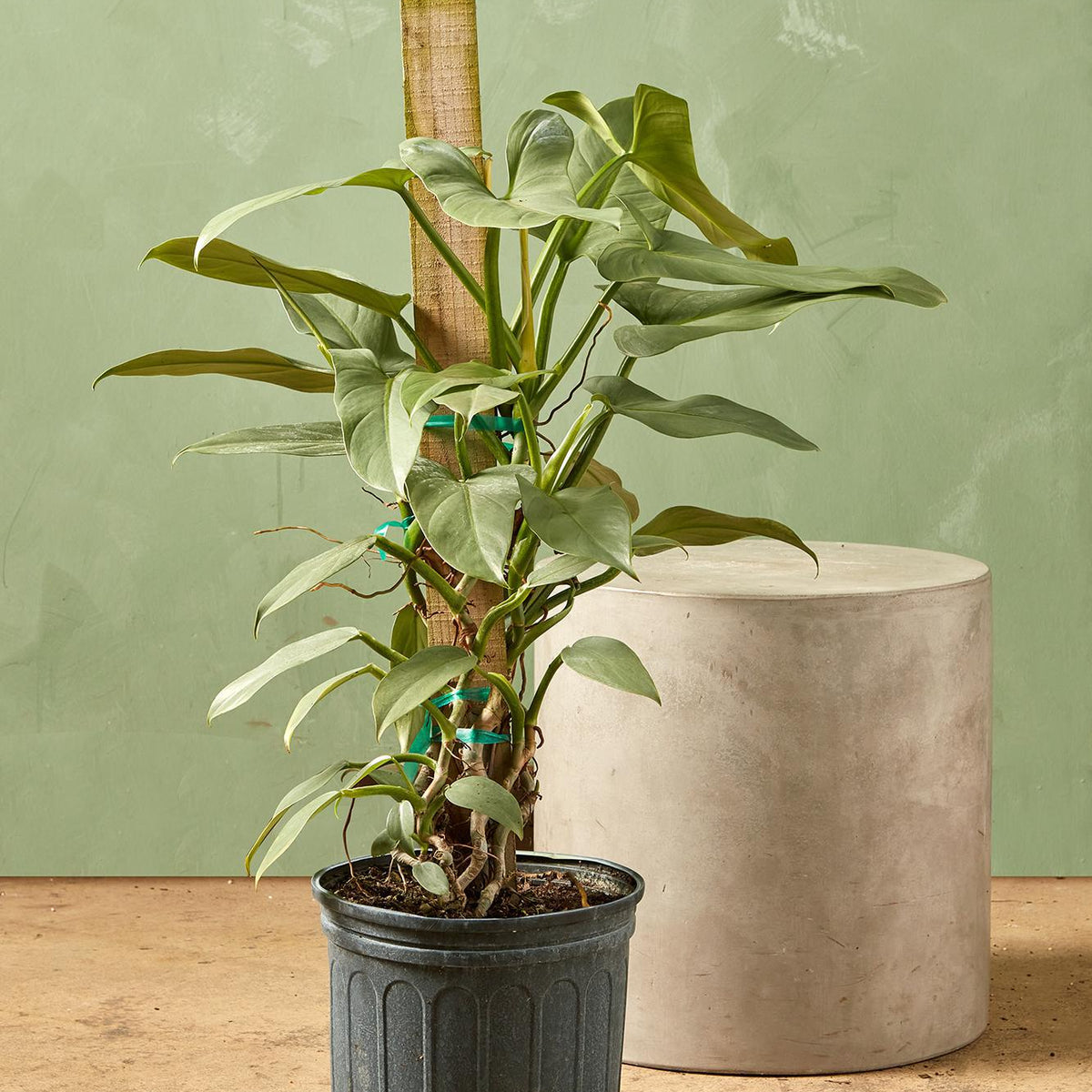
correctly is essential for its overall health. It is important to keep the soil consistently moist but not waterlogged. Overwatering can lead to root rot, while under-watering can cause the leaves to wilt and turn yellow. A good rule of thumb is to water your plant when the top inch of soil feels dry to the touch. You can also check the moisture level by sticking your finger into the soil – if it feels damp, then hold off on watering.
In addition to proper watering, fertilizing your Philodendron Silver Sword is also important for its growth and vitality. You can use a balanced liquid fertilizer once a month during the growing season (spring and summer). Be sure to dilute the fertilizer to half the recommended strength to avoid burning the roots. During the winter months, you can reduce fertilizing to every 6-8 weeks as the plant’s growth slows down.
Lastly, it is crucial to protect your Philodendron Silver Sword from pests and diseases. Common pests that can affect this plant include mealybugs, spider mites, and scale insects. Regularly inspecting your plant for any signs of infestation and treating it immediately with an organic insecticide can help prevent these pests from causing serious damage. Additionally, keeping your plant in a well-ventilated area and avoiding overwatering can also help prevent pest infestations.
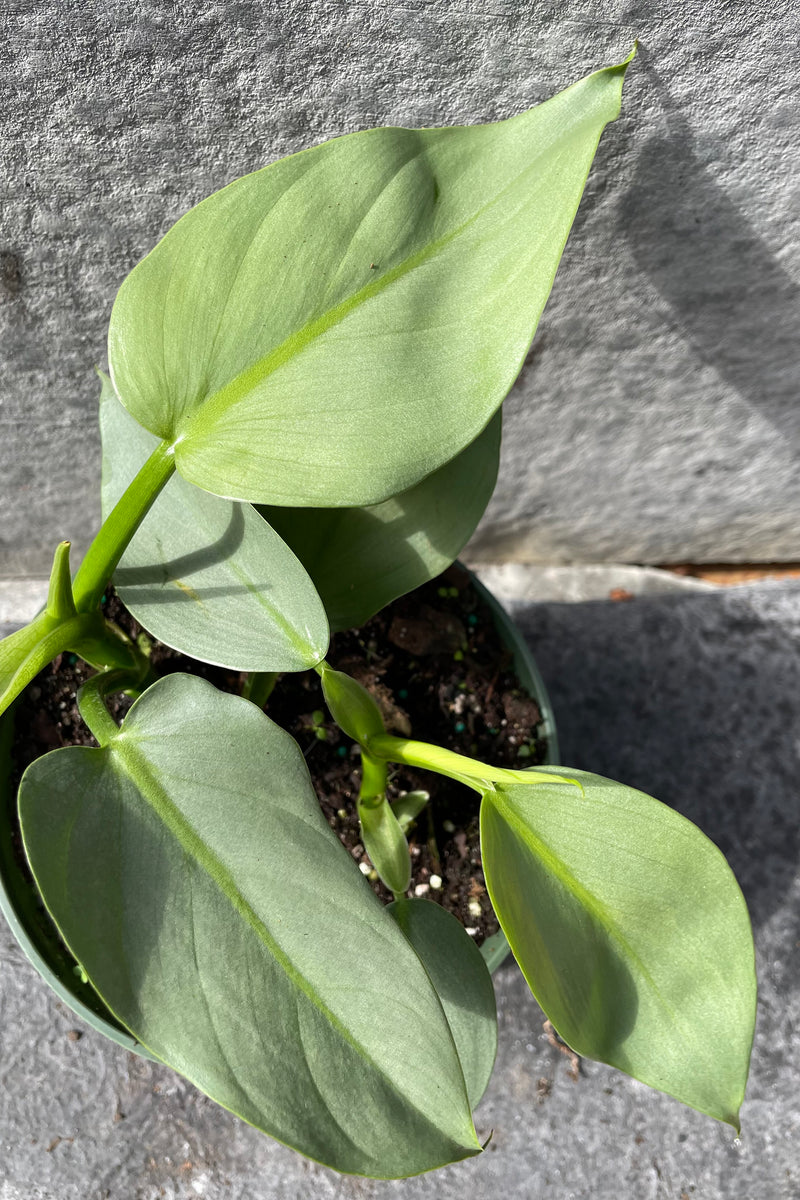
In terms of diseases, Philodendron Silver Sword is generally a hardy plant and not prone to many diseases. However, overwatering and poor air circulation can lead to fungal diseases such as root rot. To avoid this, make sure to water your plant correctly and provide adequate ventilation.
In conclusion, with proper care and maintenance, your Philodendron Silver Sword will continue to grow and thrive for years to come. Remember to provide it with adequate lighting, water and fertilize correctly, and protect it from pests and diseases. With these tips and tricks, you can enjoy the beauty and elegance of this stunning plant in your home.

